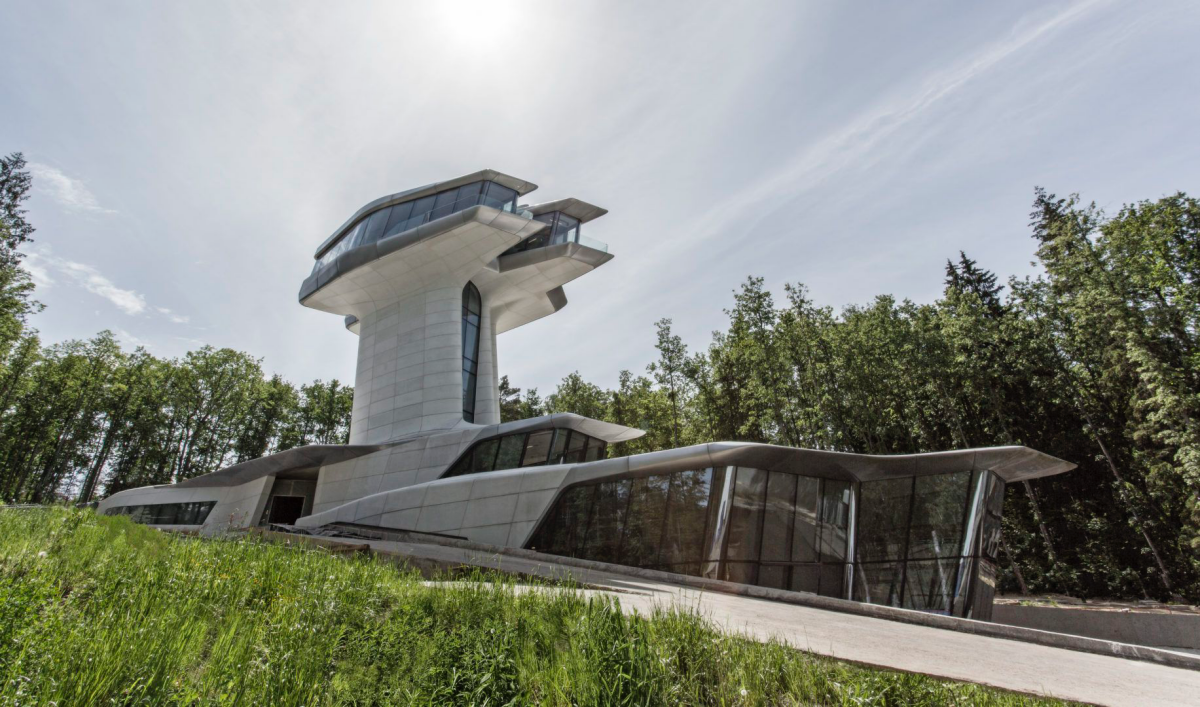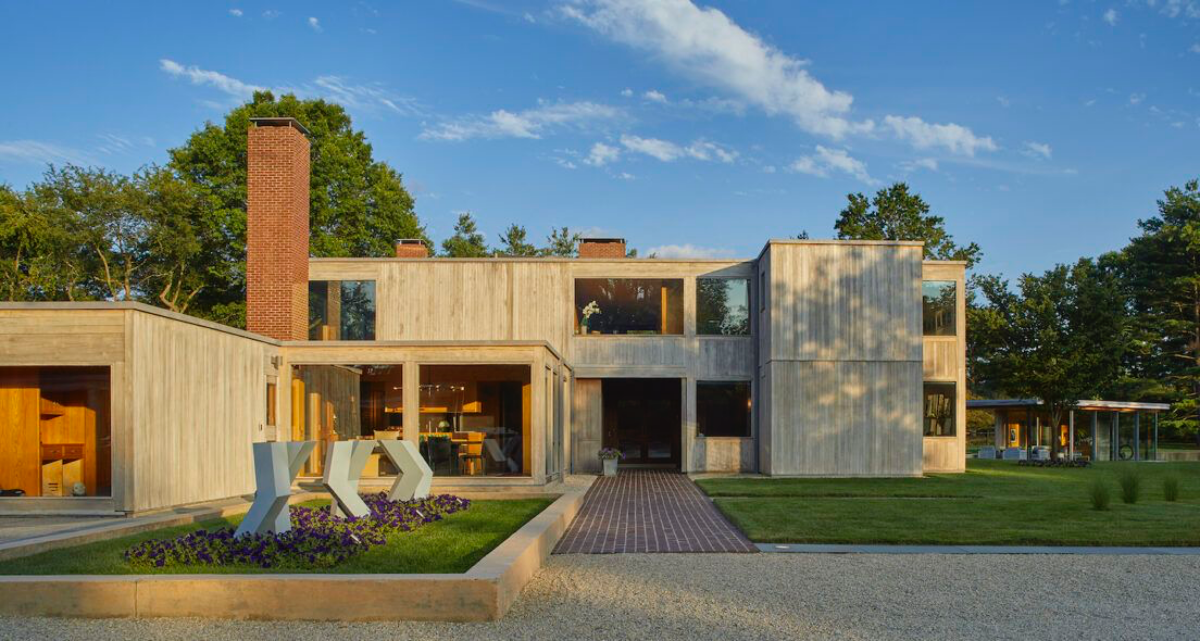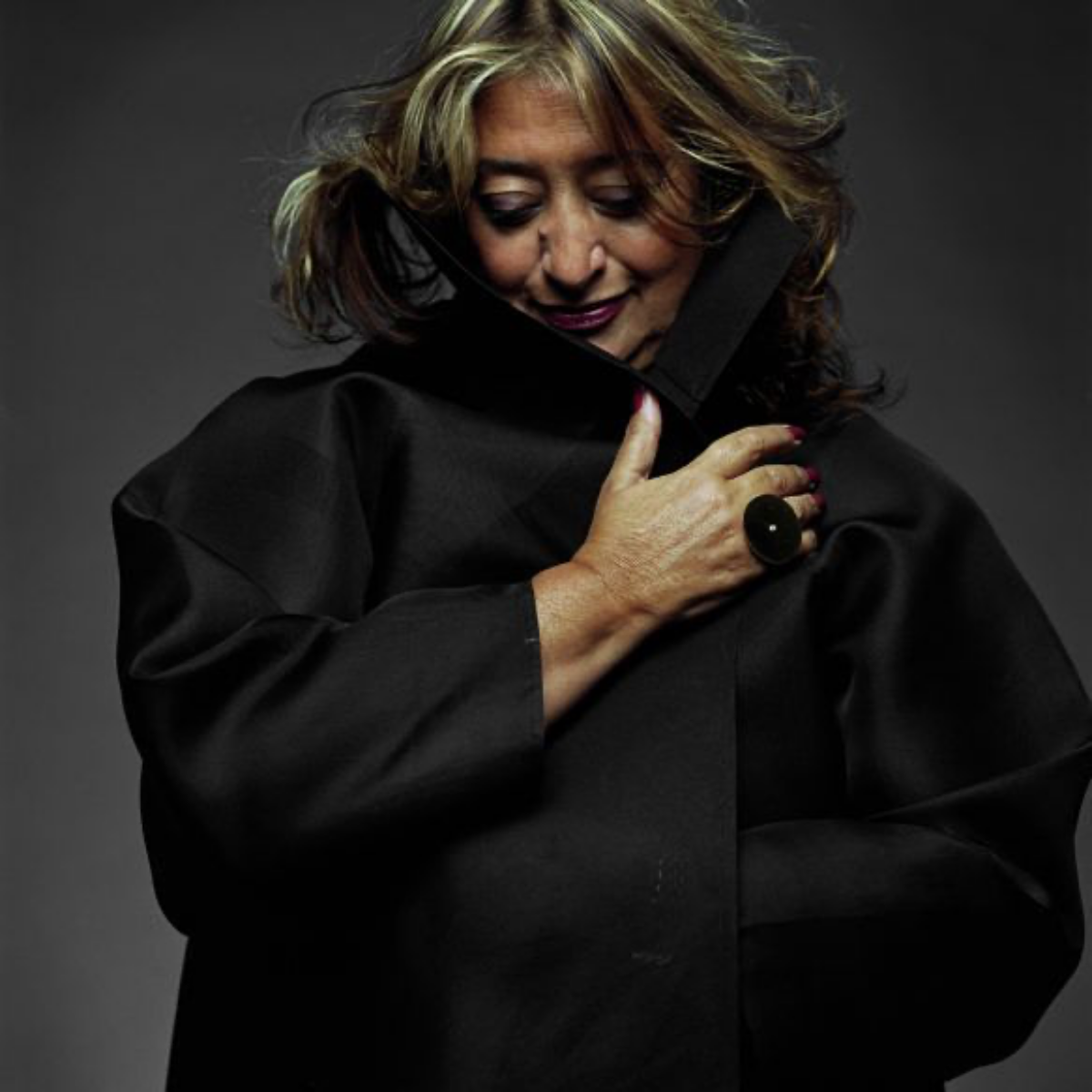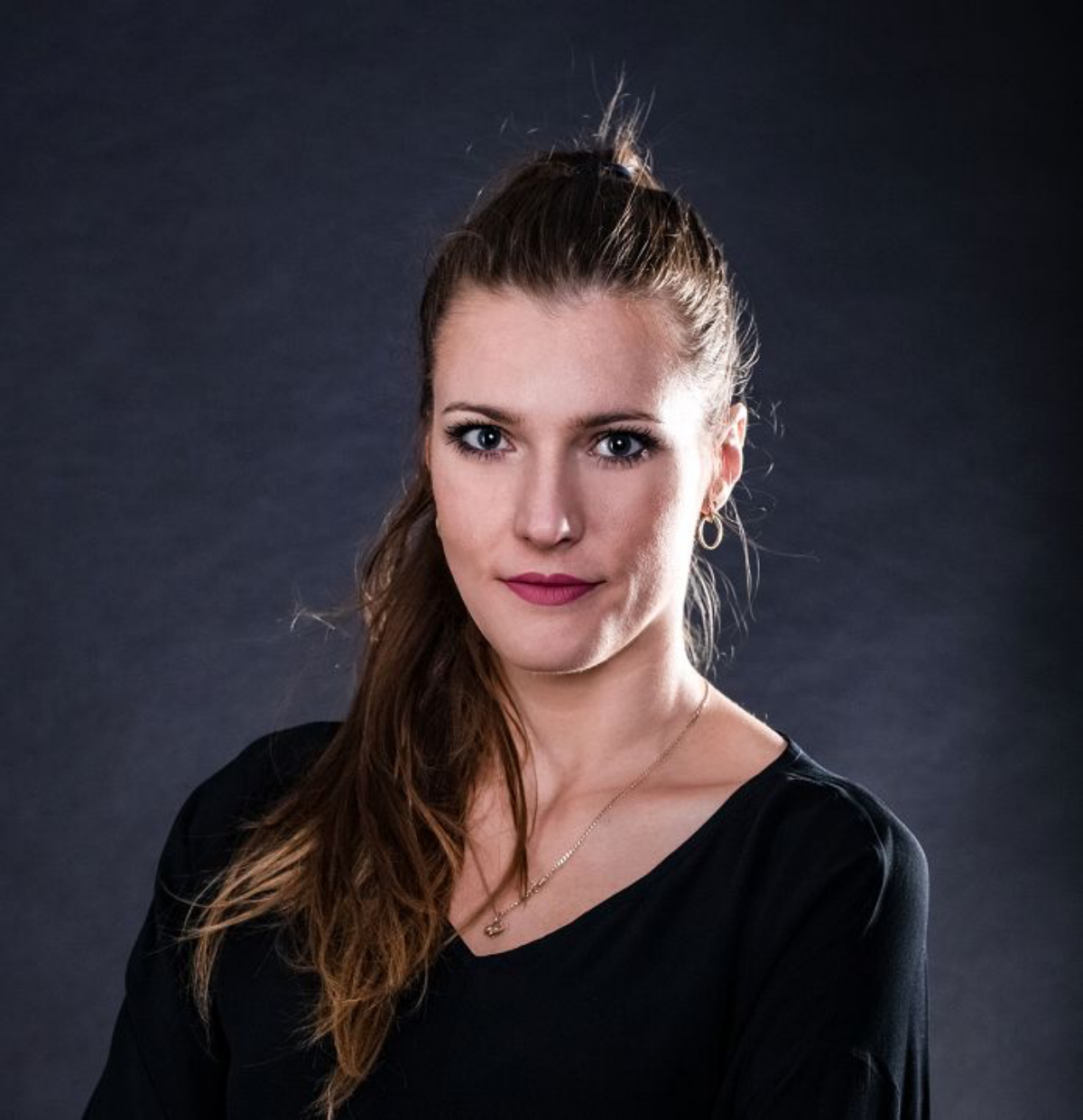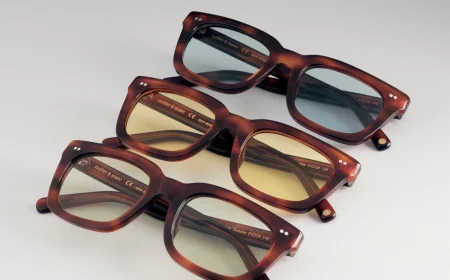Bespoke Living Spaces Through the Integration of Design Thinking Principles
Although trends in residential architecture change as easily as fashion trends, some characteristics of single-family residential architecture endure, especially when discussing high-end bespoke single-family homes.
High-end single-family residential architecture refers to the design and construction of stand-alone homes with luxury, exclusivity, and custom specifications catering to the wealthy. These residences are distinguishable given their locations, scale, choice of materials, design elements, and expansive amenities. Locations aside, the current, enduring trends in high-end single-family residential architecture have been heavily influenced by Louis Kahn, an immigrant from Europe, considered one of the U.S.’s greatest modernist architects. Kahn’s principles and architectural philosophies continue to influence modern residential architecture.
Capital Hill Residence in Moscow by Zaha Hadid
Kahn’s architectural philosophy, particularly his emphasis on elemental forms and material honesty, influences the design functionality and a homeowner’s experience. Kahn took inspiration from elemental forms – basic geometric shapes – and applied them to his designs. Circles, squares, and triangles all found their way into his designs. He favored light and airy spaces made with enduring materials. Kahn stripped away the unnecessary in his designs, favoring “less is more” and allowing materials to speak for themselves.
Louis Kahn is the father of high-end single-family residential architecture
Modern residential designs of high-end single-family homes mirror this material truth by revealing exposed beams, interior stone or brick walls, and wood elements. Take, for example, Kahn’s Salk Institute design. The poured-in-place concrete and teak wood remain exposed to show the material’s natural beauty and strength. The Kahn Korman house in Pennsylvania greets visitors with a glass and cypress façade. For this residence, the history and natural materials of the surroundings are kept in mind. Kahn used glass, brick, cypress, Douglas fir, white oak, and pine.
Korman House by Louis Kahn
The Kahn Korman house is a good example of elemental forms, as well. When the home is lit at night, the family table is the first thing visible from the exterior. Kahn took the finer points of farmhouse living from the surrounding area and elevated the family experience in the home. Walking around the home reveals the different materials and their interplay with their surroundings. Kahn positioned the home to capture and interact with nature. The exterior is free of extraneous trappings that get in the way of the materials and the way the home connects to nature.
Kahn’s influence on using nature to dictate a design is evidenced by other modern architects’ designs. Take Zaha Hadid as an example, a world-renowned architect in her own right. Her residential design for the Capital Hill Residence in Moscow takes inspiration from nature in the way that the home extends from the hill, taking full advantage of the north-facing windows to capture light and bring the surrounding nature inside. Kahn’s Esherick house in Philidelphia incorporates an entire wall of windows that face a yard secluded by trees. In both designs, the homeowners have deeply personalized and innovative living spaces.
The amazing Zaha Hadid
Another trend in high-end single-family homes is sustainability. Kahn took inspiration from the ruins in Greece to use enduring materials that were made to last. Modern home designs have been plagued by cheap materials as builders favor profits over quality. Louis Kahn demonstrated good leadership by example in his architectural practice consistently through material honesty.
Kahn’s architectural philosophies of light, space, and sustainable materials will continue to influence modern residential design for high-end single-family homes. As designs and tastes evolve, these qualities are sure to remain.
About the Author
Dorota Gocal, Assoc. AIA, LEED AP BD+C, is a proud member of the Women in Architecture in New York. Currently, she is pursuing her New York Architecture License, PMP certification, and intends to pursue an MBA in the near future. She is deeply committed to fostering diversity and inclusion in architecture, and as a woman architect, she wishes to inspire and empower the next generation of female architects.
